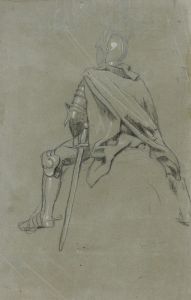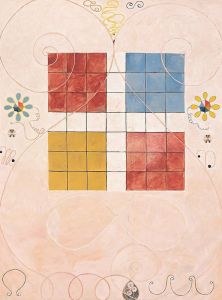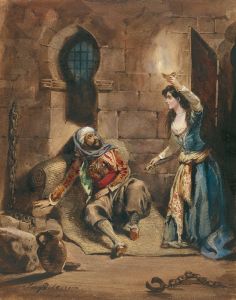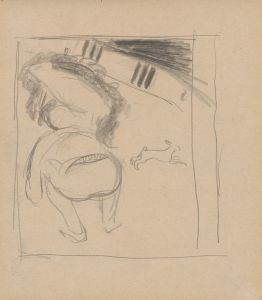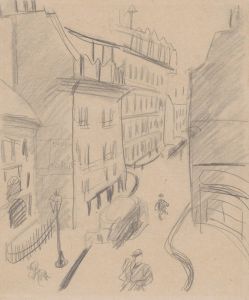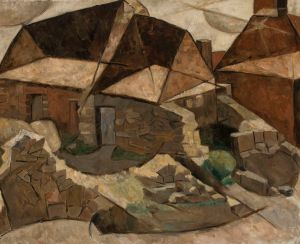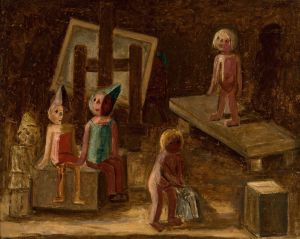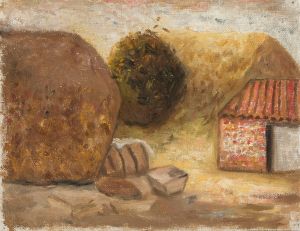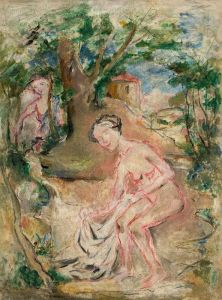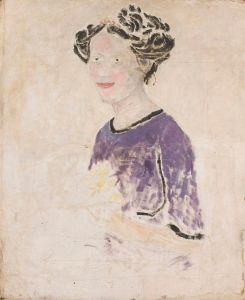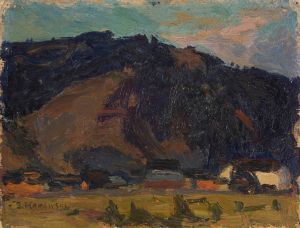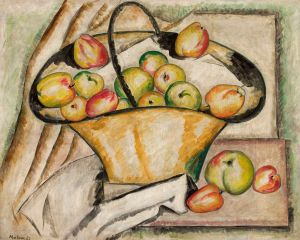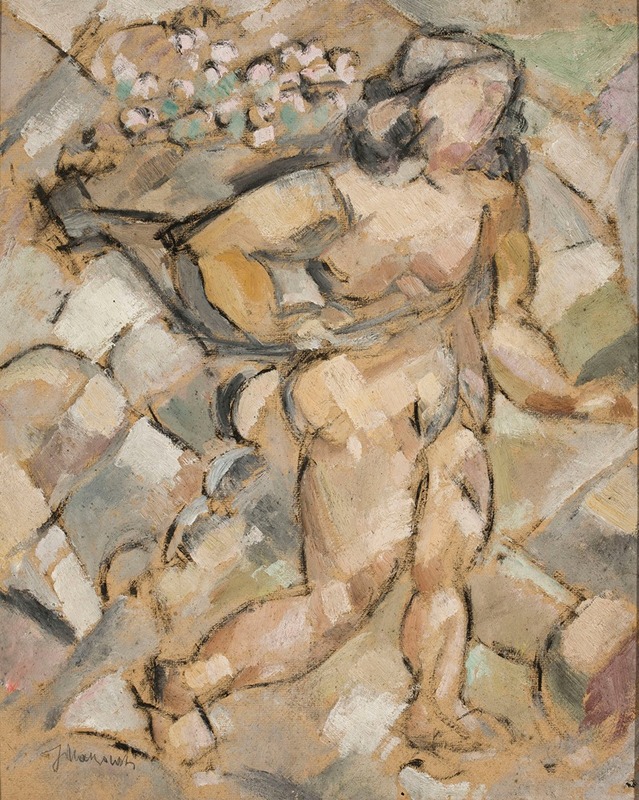
Running woman
A hand-painted replica of Tadeusz Makowski’s masterpiece Running woman, meticulously crafted by professional artists to capture the true essence of the original. Each piece is created with museum-quality canvas and rare mineral pigments, carefully painted by experienced artists with delicate brushstrokes and rich, layered colors to perfectly recreate the texture of the original artwork. Unlike machine-printed reproductions, this hand-painted version brings the painting to life, infused with the artist’s emotions and skill in every stroke. Whether for personal collection or home decoration, it instantly elevates the artistic atmosphere of any space.
Tadeusz Makowski was a Polish painter known for his unique style that combined elements of folk art and modernism. Born in 1882 in Oświęcim, Poland, Makowski initially studied classical philology before turning to art. He attended the Academy of Fine Arts in Kraków, where he was influenced by the Young Poland movement, which sought to merge traditional Polish art with modernist trends. In 1908, Makowski moved to Paris, where he became part of the vibrant artistic community and was influenced by the works of artists such as Paul Cézanne and the Cubists.
Makowski's work often features simple, almost naive forms and a muted color palette, reflecting his interest in folk art and the innocence of childhood. His paintings frequently depict children, rural scenes, and everyday life, rendered in a style that blends realism with abstraction. This unique approach has made his work stand out in the context of early 20th-century European art.
"Running Woman" is one of Makowski's notable works, although specific details about the painting are limited. Like many of his pieces, it likely reflects his characteristic style, which often includes simplified forms and a focus on movement and emotion. Makowski's paintings are known for their ability to convey a sense of narrative and emotion through minimalistic yet expressive forms.
Throughout his career, Makowski exhibited his work in various galleries and exhibitions, gaining recognition in both France and Poland. Despite living in France for much of his life, he maintained strong ties to his Polish heritage, which is evident in the themes and motifs present in his work. His paintings often evoke a sense of nostalgia and a longing for the simplicity of rural life, which resonated with audiences in both countries.
Makowski's contribution to art is significant in that he managed to create a distinctive style that was both modern and deeply rooted in tradition. His ability to blend different artistic influences while maintaining a unique voice has earned him a place in the history of European art. Today, his works are held in various collections, including the National Museum in Warsaw and the Musée National d'Art Moderne in Paris.
While specific information about "Running Woman" is scarce, it can be appreciated within the broader context of Makowski's oeuvre, which is characterized by its emotional depth and innovative approach to form and composition. His legacy continues to be celebrated for its contribution to the development of modern art in Poland and beyond.





